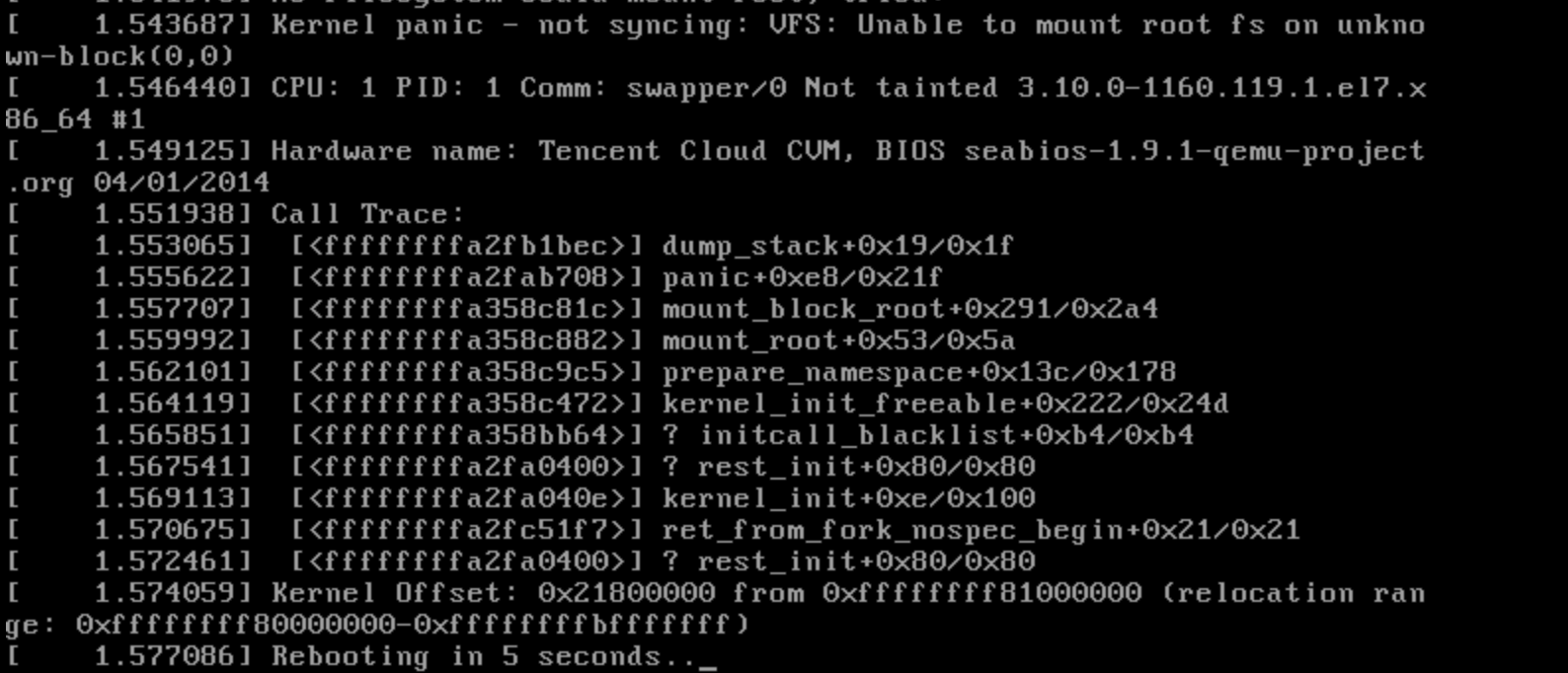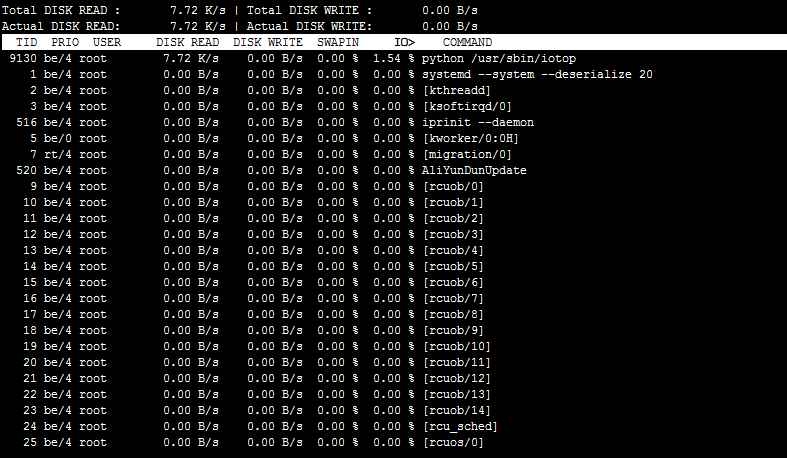今天学派吧给大家分享一篇关于负载均衡的教程
- 1. 部署前准备工作
- 2. Ansible主机与远程主机秘钥认证
- 3. 安装配置Ansible
- 4. 编写roles,实现web的部署
- 5. 编写roles角色部署nginx+keepalived
- 6. 编写roles角色
- 7. 其他问题
本篇文章记录通过Ansible自动化部署nginx的负载均衡高可用,前端代理使用nginx+keepalived,后端web server使用3台nginx用于负载效果的体现,结构图如下:

1. 部署前准备工作
主机规划
- Ansible : 192.168.214.144
- Keepalived-node-1 : 192.168.214.148
- Keepalived-node-2 : 192.168.214.143
- web1 : 192.168.214.133
- web2 : 192.168.214.135
- web3 : 192.168.214.139
2. Ansible主机与远程主机秘钥认证
#!/bin/bash
keypath=/root/.ssh
[ -d ${keypath} ] || mkdir -p ${keypath}
rpm -q expect &> /dev/null || yum install expect -y
ssh-keygen -t rsa -f /root/.ssh/id_rsa -P ""
password=centos
while read ip;do
expect <<EOF
set timeout 5
spawn ssh-copy-id $ip
expect {
"yes/no" { send "yes\n";exp_continue }
"password" { send "$password\n" }
}
expect eof
EOF
done < /home/iplist.txt
iplist.txt
192.168.214.148
192.168.214.143
192.168.214.133
192.168.214.135
192.168.214.139
192.168.214.134
执行脚本
[root@Ansible script]# ./autokey.sh
测试验证
[root@Ansible script]# ssh 192.168.214.148 'date'
Address 192.168.214.148 maps to localhost, but this does not map back to the address - POSSIBLE BREAK-IN ATTEMPT!
Sat Jul 14 11:35:21 CST 2018
配置Ansible基于主机名认证,方便单独管理远程主机
vim /etc/hosts
#
127.0.0.1 localhost localhost.localdomain localhost4 localhost4.localdomain4
::1 localhost localhost.localdomain localhost6 localhost6.localdomain6
192.168.214.148 node-1
192.168.214.143 node-2
192.168.214.133 web-1
192.168.214.135 web-2
192.168.214.139 web-3
3. 安装配置Ansible
#安装ansible
[root@Ansible ~]# yum install ansible -y
#配置ansible主机清单
[root@Ansible ~]# vim /etc/ansible/hosts
[all]
192.168.214.148
192.168.214.143
192.168.214.133
192.168.214.135
192.168.214.139
[node]
192.168.214.148
192.168.214.143
[web]
192.168.214.133
192.168.214.135
192.168.214.139
#Ansible执行ping测试
[root@Ansible ~]# ansible all -m ping
4. 编写roles,实现web的部署
先看一下web的目录结构
[root@Ansible ~]# tree /opt/roles/web
/opt/roles/web
.
├── tasks
│ ├── install_nginx.yml
│ ├── main.yml
│ ├── start.yml
│ ├── temps.yml
│ └── user.yml
└── templates
├── index.html.j2
└── nginx.conf.j2
2 directories, 7 files
按照角色执行的顺序编写
编写user.yml
- name: create group nginx
group: name=nginx
- name: create user nginx
user: name=nginx group=nginx system=yes shell=/sbin/nologin
编写install_nginx.yml
- name: install nginx webserver
yum: name=nginx
创建nginx配置文件的template模板
由于是测试,后端web服务的nginx.conf配置文件基本保持默认,只只更具后端主机情况设置worker进程数,使用ansible的setup模块中的变量获取远程主机的cpu的数量值
#将配置文件转换成template文件
[root@Ansible conf]# cp nginx.conf /opt/roles/web/templates/nginx.conf.j2
#做出修改的内容如下
worker_processes {{ansible_proccessor_vcpus}};
#在templates目录写一个测试页内如下
vim index.html.j2
{{ ansible_hostname }} test page.
编写temps.yml
- name: cp nginx.conf.j2 to nginx web server rename nginx.conf
template: src=/opt/roles/web/templates/nginx.conf.j2 dest=/etc/nginx/nginx.conf
- name: cp index test page to nginx server
template: src=/opt/roles/web/templates/index.html.j2 dest=/usr/share/nginx/html/index.html
编写start.yml
- name: restart nginx
service: name=nginx state=started
编写main.yml
- import_tasks: user.yml
- import_tasks: install_nginx.yml
- import_tasks: temps.yml
- import_tasks: start.yml
编写执行主文件web_install.yml,执行文件不能与web角色放在同一目录,通常放在roles目录
[root@Ansible ~]# vim /opt/roles/web_install.yml
---
- hosts: web
remote_user: root
roles:
- web
安装前测试: -C选项为测试
[root@Ansible ~]# ansible-playbook -C /opt/roles/web_install.yml
如没有问题则执行安装
[root@Ansible ~]# ansible-playbook /opt/roles/web_install.yml
测试访问
[root@Ansible ~]# ansible web -m shell -a 'iptables -F'
192.168.214.139 | SUCCESS | rc=0 >>
192.168.214.135 | SUCCESS | rc=0 >>
192.168.214.133 | SUCCESS | rc=0 >>
[root@Ansible ~]# curl 192.168.214.133
web-1 test page.
5. 编写roles角色部署nginx+keepalived
部署高可用集群需要注意各节点包括后端主机的时间问题,保证各主机时间一致。
[root@Ansible ~]# ansible all -m shell -a 'yum install ntpdate -y'
[root@Ansible ~]# ansible all -m shell -a 'ntpdate gudaoyufu.com'
6. 编写roles角色
编写user.yml
- name: create nginx group
group: name=nginx
- name: create nginx user
user: name=nginx group=nginx system=yes shell=/sbin/nologin
编写install_server.yml
- name: install nginx and keepalived
yum: name={{ item }} state=latest
with_items:
- nginx
- keepalived
编写temps.yml
- name: copy nginx proxy conf and rename
template: src=/opt/roles/ha_proxy/templates/nginx.conf.j2 dest=/etc/nginx/nginx.conf
- name: copy master_keepalived.conf.j2 to MASTER node
when: ansible_hostname == "node-1"
template: src=/opt/roles/ha_proxy/templates/master_keepalived.conf.j2 dest=/etc/keepalived/keepalived.conf
- name: copy backup_keepalived.conf.j2 to BACKUP node
when: ansible_hostname == "node-2"
template: src=/opt/roles/ha_proxy/templates/backup_keepalived.conf.j2 dest=/etc/keepalived/keepalived.conf
配置nginx proxy配置文件模板
[root@Ansible ~]# cp /opt/conf/nginx.conf /opt/roles/ngx_proxy/templates/nginx.conf.j2
[root@Ansible ~]# vim /opt/roles/ngx_proxy/templates/nginx.conf.j2
user nginx;
worker_processes {{ ansible_processor_vcpus }};
error_log /var/log/nginx/error.log;
pid /var/run/nginx.pid;
# Load dynamic modules. See /usr/share/nginx/README.dynamic.
events {
worker_connections 1024;
}
http {
log_format main '$remote_addr - $remote_user [$time_local] "$request" '
'$status $body_bytes_sent "$http_referer" '
'"$http_user_agent" "$http_x_forwarded_for"';
access_log /var/log/nginx/access.log main;
sendfile on;
tcp_nopush on;
tcp_nodelay on;
keepalive_timeout 65;
types_hash_max_size 2048;
include /etc/nginx/mime.types;
default_type application/octet-stream;
include /etc/nginx/conf.d/*.conf;
upstream web {
server 192.168.214.133:80 max_fails=3 fail_timeout=30s;
server 192.168.214.135:80 max_fails=3 fail_timeout=30s;
server 192.168.214.139:80 max_fails=3 fail_timeout=30s;
}
server {
listen 80 default_server;
server_name {{ ansible_hostname }};
root /usr/share/nginx/html;
index index.html index.php;
location / {
proxy_pass http://web;
}
error_page 404 /404.html;
}
}
配置keepalived配置文件模板
[root@Ansible ~]# cp /opt/conf/keepalived.conf /opt/roles/ha_proxy/templates/master_keepalived.conf.j2
[root@Ansible templates]# vim master_keepalived.conf.j2
#
! Configuration File for keepalived
global_defs {
notification_email {
acassen@firewall.loc
failover@firewall.loc
sysadmin@firewall.loc
}
notification_email_from Alexandre.Cassen@firewall.loc
smtp_server 192.168.214.1
smtp_connect_timeout 30
router_id LVS_DEVEL
vrrp_skip_check_adv_addr
vrrp_strict
vrrp_garp_interval 0
vrrp_gna_interval 0
vrrp_iptables
vrrp_mcast_group4 224.17.17.17
}
vrrp_script chk_nginx {
script "killall -0 nginx"
interval 1
weight -20
fall 2
rise 1
}
vrrp_instance VI_1 {
state MASTER
interface ens33
virtual_router_id 55
priority 100
advert_int 1
authentication {
auth_type PASS
auth_pass 12345678
}
virtual_ipaddress {
192.168.214.100
}
track_script {
chk_nginx
}
}
同样,在master_keepalived.conf.j2基础修改另存为backup_keepalived.conf.j2,只修改角色与优先级即可。注意:master_keepalived.conf.j2文件中的检测故障降低优先级的值要确保降低后MASTER优先级小于BACKUP的优先级
编写start.yml
- name: start nginx proxy server
service: name=nginx state=started
编写main.yml
- import_tasks: user.yml
- import_tasks: install_server.yml
- import_tasks: temps.yml
- import_tasks: start.yml
编写执行主文件
[root@Ansible ~]# vim /opt/roles/ha_proxy_install.yml
---
- hosts: node
remote_user: root
roles:
- ha_proxy
执行检测roles
[root@Ansible ~]# ansible-playbook -C /opt/roles/ha_proxy_install.yml
执行测试没问题即可执行自动部署
执行过程如下:
[root@Ansible ~]# ansible-playbook /opt/roles/ha_proxy_install.yml
PLAY [node] **********************************************************************************************************************
TASK [Gathering Facts] ***********************************************************************************************************
ok: [192.168.214.148]
ok: [192.168.214.143]
TASK [ha_proxy : create nginx group] *********************************************************************************************
changed: [192.168.214.148]
ok: [192.168.214.143]
TASK [ha_proxy : create nginx user] **********************************************************************************************
changed: [192.168.214.148]
ok: [192.168.214.143]
TASK [ha_proxy : install nginx and keepalived] ***********************************************************************************
changed: [192.168.214.143] => (item=[u'nginx', u'keepalived'])
changed: [192.168.214.148] => (item=[u'nginx', u'keepalived'])
TASK [ha_proxy : copy nginx proxy conf and rename] *******************************************************************************
changed: [192.168.214.148]
changed: [192.168.214.143]
TASK [ha_proxy : copy master_keepalived.conf.j2 to MASTER node] ******************************************************************
skipping: [192.168.214.143]
changed: [192.168.214.148]
TASK [ha_proxy : copy backup_keepalived.conf.j2 to BACKUP node] ******************************************************************
skipping: [192.168.214.148]
changed: [192.168.214.143]
TASK [ha_proxy : start nginx proxy server] ***************************************************************************************
changed: [192.168.214.143]
changed: [192.168.214.148]
PLAY RECAP ***********************************************************************************************************************
192.168.214.143 : ok=7 changed=4 unreachable=0 failed=0
192.168.214.148 : ok=7 changed=6 unreachable=0 failed=0
至此,自动部署nginx+keepalived高可用负载均衡完成了
最后看一下roles目录的结构
[root@Ansible ~]# tree /opt/roles/
/opt/roles/
├── ha_proxy
│ ├── tasks
│ │ ├── install_server.yml
│ │ ├── main.yml
│ │ ├── start.yml
│ │ ├── temps.yml
│ │ └── user.yml
│ └── templates
│ ├── backup_keepalived.conf.j2
│ ├── master_keepalived.conf.j2
│ └── nginx.conf.j2
├── ha_proxy_install.retry
├── ha_proxy_install.yml
├── web
│ ├── tasks
│ │ ├── install_nginx.yml
│ │ ├── main.yml
│ │ ├── start.yml
│ │ ├── temps.yml
│ │ └── user.yml
│ └── templates
│ ├── index.html.j2
│ └── nginx.conf.j2
├── web_install.retry
└── web_install.yml
6 directories, 19 files
下面测试服务:keepalived的服务没有在ansible中设置自动启动,到keepalived节点启动即可。
测试node节点
[root@Ansible ~]# for i in {1..10};do curl 192.168.214.148;done
web-3 test page.
web-1 test page.
web-2 test page.
web-3 test page.
web-1 test page.
web-2 test page.
web-3 test page.
web-1 test page.
web-2 test page.
web-3 test page.
将node-1 的MASTER服务停掉测试故障转移,同时查看node-2状态变化
执行: nginx -s stop
查看vrrp通知,可以看到主备切换正常:
[root@node-2 ~]# tcpdump -i ens33 -nn host 224.17.17.17
listening on ens33, link-type EN10MB (Ethernet), capture size 262144 bytes
16:55:20.804327 IP 192.168.214.148 > 224.17.17.17: VRRPv2, Advertisement, vrid 55, prio 100, authtype simple, intvl 1s, length 20
16:55:25.476397 IP 192.168.214.148 > 224.17.17.17: VRRPv2, Advertisement, vrid 55, prio 0, authtype simple, intvl 1s, length 20
16:55:26.128474 IP 192.168.214.143 > 224.17.17.17: VRRPv2, Advertisement, vrid 55, prio 90, authtype simple, intvl 1s, length 20
16:55:27.133349 IP 192.168.214.143 > 224.17.17.17: VRRPv2, Advertisement, vrid 55, prio 90, authtype simple, intvl 1s, length 20
再测试访问:
[root@Ansible ~]# for i in {1..10};do curl 192.168.214.148;done
web-1 test page.
web-2 test page.
web-3 test page.
web-1 test page.
web-2 test page.
web-3 test page.
web-1 test page.
web-2 test page.
web-3 test page.
web-1 test page.
node-1恢复主节点,抢回MASTER角色
node-1节点执行nginx指令,可以看到VIP漂移回到node-1节点,测试访问
[root@Ansible ~]# for i in {1..10};do curl 192.168.214.148;done
web-1 test page.
web-2 test page.
web-3 test page.
web-1 test page.
web-2 test page.
web-3 test page.
web-1 test page.
web-2 test page.
web-3 test page.
web-1 test page.
7. 其他问题
上面的自动部署方式还有可以改进的地方,比如,可以将配置keepalived的配置文件中的许多参数在roles中以统一变量的方式定义,然后在template模板文件中引用参数就可以了
此外还有一个需要注意的地方是:keepalived的配置文件中使用了killall指令检测本地的nginx服务状态,如果检测结果状态为非0就会执行vrrp_script中定义的降级操作,要确保系统这个指令可以执行,有时该指令没有被安装,如果该指令没有存在,即使MASTER节点发生故障也不会发生变化。































